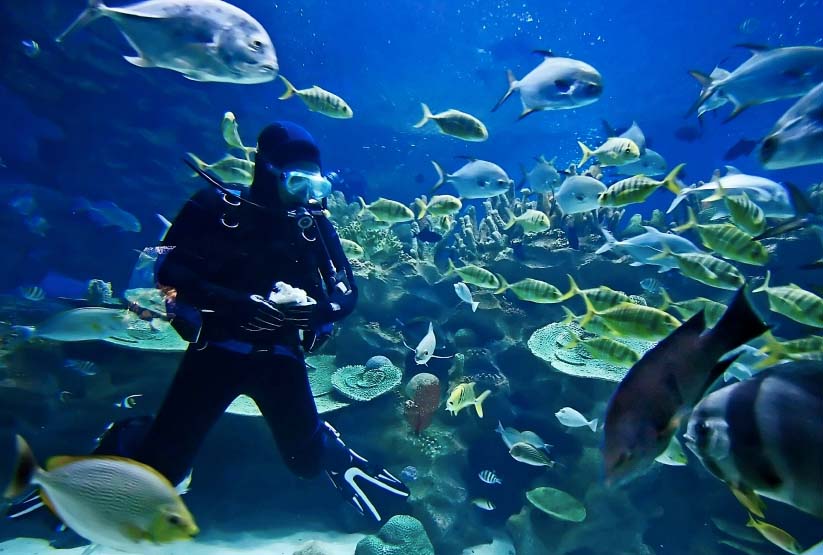 A’Famosa Golf Resort, Melaka
A’Famosa Golf Resort, MelakaA’Famosa Golf resort in Melaka is an entertainment cum recreation facility located within easy reach of Kuala Lumpur. This 27-hole parkland course is equipped with three nine-hole loops namely the Rockies, a course littered with boulder outcrops, the Crocodile which actually hosts a crocodile pit in its midst and the picturesque, the Palm course which is speckled with tall palm trees.
http://afamosa.com/
Awana Genting Highlands Golf and Country Resort
Part of the Resorts World Complex situated within the Genting Highlands holiday resort and easily accessible from Kuala Lumpur, the Awana Genting offers a Ronald Fream designed championship golf course. This 18-hole golf course is located at a height of 3,100 feet above sea-level, and offers golfers a chance to tee off amongst perennially cool environs. Coupled with stunning mountain views, the Awana course which is dotted with undulating greens and bunkers, holds the promise of many an exciting round of golf.
http://www.rwgenting.com/en/golf/index.htm
Ayer Keroh Country Club, Melaka
Considered to be one of the best maintained golf courses in Malaysia, the Ayer Keroh golf course was conceived by the former Chief Minister of Malacca, Ghafar Baba in 1964 in an effort to boost tourism to the state. The course which was carved out of the dense jungle surrounding Malacca, offers three scenic nine-hole loops all of which surround the Ayer Keroh Lake and are named Tunku’s nine, Ghaffar’s nine and Governor’s nine.
http://www.akcc.com.my/
Then Royal Selangor Golf Club, Kuala Lumpur
Acknowledged as the grand dame of Malaysian golf, the Royal Selangor Golf club (RSGC) is the oldest golf club in Malaysia which dates back to 1893. The club which is located in the heart of Kuala Lumpur has the who’s who of Malaysia as its members. The RSGC is equipped with two 18-hole championship courses and a nine-hole course. The club is also equipped with a driving range and offers a golf program for children.
http://www.rsgc.com.my/
Palm Resort Golf and Country Club, Johor
Johor, the southernmost Malaysian state is home to several excellent golf courses, which are visited frequented by golfing enthusiasts from across the border in Singapore. A popular choice is the Palm Resort Golf and Country club, which is equipped with three 18-hole championship courses –the Allamanda, Cempaka and Melati courses, all of which are enveloped by lush gardens and much tropical flora. Golfers believe Allamanda to be the easiest of the three loops, while the Melati course which measures a whopping 7,205 yards is the longest and most challenging course, that is littered with 35 sand bunkers, six water bodies as well as Malaysia’s longest hole measuring 684 yards.
http://www.palmresort.com/



 Malaysia is known to be a great destination for scuba-diving enthusiasts for the country is littered with numerous dive resorts that feature gorgeous white sand beaches, crystal clear seas and live coral reefs, all of which offer the diving and snorkeling enthusiasts the chance to get up close and personal with the amazing life that exists beneath the oceans. Lion fish, frog fish, bat fish, reef sharks, parrot fish and even deep-sea residents like hammer head sharks and manta rays can be viewed on a scuba-diving or snorkeling expedition in Malaysia.
Malaysia is known to be a great destination for scuba-diving enthusiasts for the country is littered with numerous dive resorts that feature gorgeous white sand beaches, crystal clear seas and live coral reefs, all of which offer the diving and snorkeling enthusiasts the chance to get up close and personal with the amazing life that exists beneath the oceans. Lion fish, frog fish, bat fish, reef sharks, parrot fish and even deep-sea residents like hammer head sharks and manta rays can be viewed on a scuba-diving or snorkeling expedition in Malaysia.